Over the years, I’ve come to know many composers. One of the questions I usually ask them is how they channel their creative energies when they’re not working on a project. More often than not, I’m told that they simply don’t write music unless it’s for a specific project. While scoring for a game, film, or other medium, the focus should be on meshing with and enhancing the visuals or other accompany media associated with that project, so with this specialized kind of writing, does somebody who only writes within the constraints of a project really qualify as an “artist?”
It’s a tough question to answer, but some ambitious albums, including Christopher Tin’s Calling All Dawns, Yasunori Mitsuda’s Kirite, and a number of other original efforts are clear demonstrations of what it means to go beyond being a composer for games or film by really exploring their own musical voices. With Zektbach, an alias of Tomosuke Funaki who is mostly known for his work on Beatmania and Guitar Freaks, we get an—excuse the expression—epic example of what Funaki is all about as an artist, taking the listener on a musical journey through a mainly fantasy soundscape infused with electronic elements and a live orchestra. Also of note is the fact that Osamu Kubota is the man responsible for all the arrangement, orchestration, conducting, and even performance of some instruments (including vocals!) on the album as well.
Find out what we think of The Epic of Zektbach -Ristaccia- after the jump!
It should be noted that many of these songs are based on pieces that were featured in various Beatmania and Pop’n Music titles. You’ll probably pick up on the influence in some of the more electronic-oriented pieces, but I think you’ll be amazed by how well this album flows and tells its own story. This “flow,” as it were, is assisted by the fact that the tracks actually transition into one another without abrupt pauses between the tracks, making for a continuous listening experience.
While we get off to somewhat of a slow start with the dreamy textures of “Ark Ouroboros” and the piano-laden “Fragment,” both of which transport the listener to the fantasy realm of Ristaccia, “Overture –Ristaccia-“ leaves a lasting impression with its combination of operatic vocal solos, trance beats, and an orchestral backing making heavy use of harpsichord. This is certainly an unusual blending of styles, and it works to give the piece, and many other tracks on the album, a distinct style that I think we can use to identify what Zektbach is about.
From the excitement provided by the overture, we get a break with a regal march titled “Aria te’Laria,” which comes off as soothing with its airy string progressions and use of mesmerizing harp progressions. The journey continues with the exotic “Shamshir Dance,” offering up a carnival-like atmosphere, followed by the crystalline “Rufina,” which, while short, is one of my favorite tracks with its use of bells and pizzicato strings. “ZETA” continues in this style, adding head-bopping drum ‘n’ bass percussion, dreamy vocals, and wild Kikuta-esque marimba and piano runs. “Holy Kingdom of Noigllado” couldn’t be a more fitting title with its use of angelic choir along with harpsichord and a rousing string backing.
“Blind Justice” gets us back into orchestral trance territory, working in high-pitched female vocals that relay a poem in English if you can pick up on it. While short, “The Abandoned Island” is another interesting piece, making use only of piano along with the sounds of ocean waves crashing on the shore and seagulls. This flows into the melancholy “Apocalypse,” which is surprisingly tame with its focus on piano and female vocals that act as a lullaby to lure the listener into a false sense of ease before she begins whispering a chant that leads into an explosion of orchestral and electronic goodness. From the opening notes of “Turii ~Panta rhei~,” you’ll think you’re listening so Yuki Kajiura’s work from Xenosaga with its unique choral work, driving electronic backing, and Celtic instrumentation. Getting on towards the end, “L’erisia (Primary Logic)” is a procedural piece starting with intense string stabs before seemingly random synth lines are added, sounding like the product of a corrupt computer program. The melody ascends upwards towards a climax, treading into jazz territory at times, and its heavy reliance on electronic elements that stray from the trance that was covered elsewhere on the album makes it one of my favorites. The final track, “Nyoah’s Sword Dance” is an odd way to go out with its fast-paced piano progression accented by violin notes.
It’s not over though. There are five more tracks on the album, all of which are orchestral and live instrument arrangements of previous tracks on the album. We start with the incredibly powerful “Overture de Ristaccia, presto agitato,” and move into the ethnic “Danza de Shamshir, a la turque,” before Kubota makes his vocal debut as an entire choir in “ZETA, la chanson.” Those who enjoyed his vocal themes in Granado Espada should be pleased. “Blind Justice, le concerto” is just that: a beautiful piano concerto with an emotional string backing, and “Apocalypse, avec orgue” is the ominous, foreboding piece of music I would have expected from the track title, going completely Gothic with bell tolls, organ, and harpsichord. All of these arrangements possess a well-polished cinematic quality, and would be perfect for stage productions or live performance. I’d certainly love to hear them in concert.
And we haven’t even covered by favorite thing about this album. The second disc is actually a DVD containing anime-inspired music videos for four of the key tracks on the album, including the overture, “Blind Justice, “Apocalypse,” and Turii ~Panta rhei~.” Not only is the animation top-notch, contrasting hand-drawn characters over cosmic backdrops, but you’ll also get a grasp on some of the lyrics as they’re displayed throughout the songs.
This is an interesting album, and one that I think more people should be aware of. I think it’s great that Tomosuke Funaki has put the effort into creating something like this outside of his work at Bemani, and I think Konami should be commended for publishing this album on their label. It could be viewed as risky, having only a loose association to Funaki’s work with Bemani, but I think it’s an enjoyable musical journey that fans in the West should definitely consider embarking on. I believe that the English track titles and lyrics indicate Zektbach’s desire to reach a global audience, and beyond the well-rounded core Ristaccia experience, there’s Osamu Kubota’s impressive orchestral arrangements and the DVD content to look into as well, making for a great value. There is an alternate version of the album called the Deluxe Edition that also comes with an art book, and since this album’s release in 2009, there have been several drama albums and even a piano arrangement album, so I encourage you to check those out as well. It’s currently available at both CD Japan and Play-Asia.
What do you think of the whole composer vs. artist debate? Are you familiar with any of Zektbach’s work, and have any thoughts about the other albums in the “Epic of Zektbach” series?
Tags: Bemani, Epic of Zektbach, Epic of Zektbach -Ristaccia-, Fantasy, Konami, Music Reviews, Orchestral, Osamu Kubota, Reviews, Tomosuke Funaki, Trance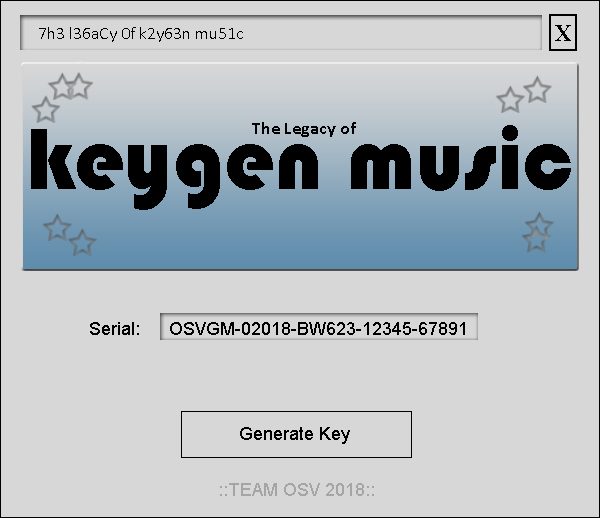
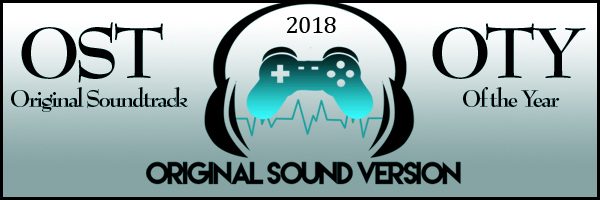
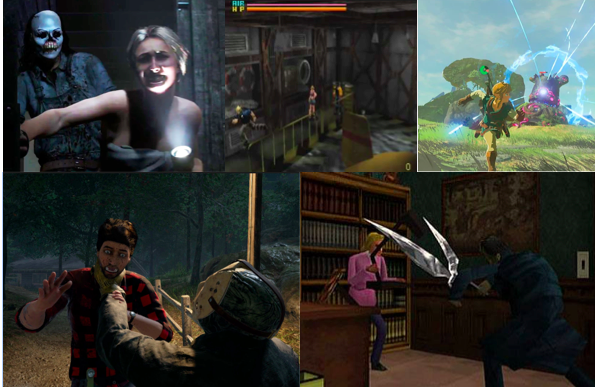
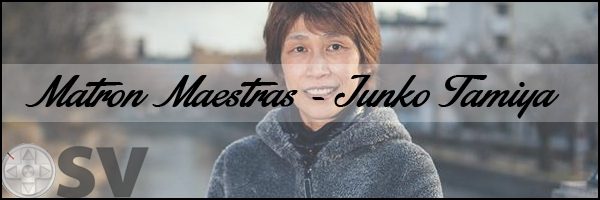
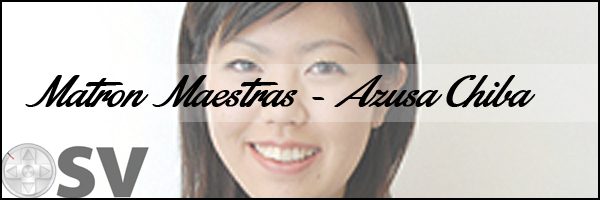
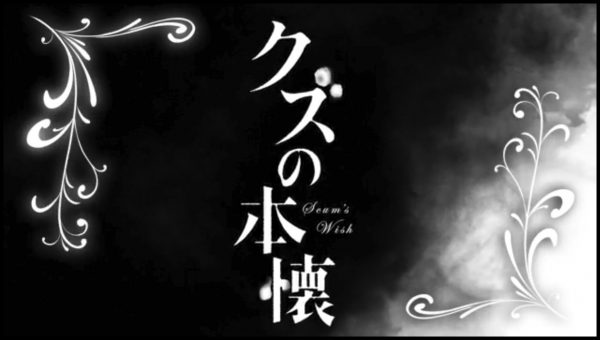


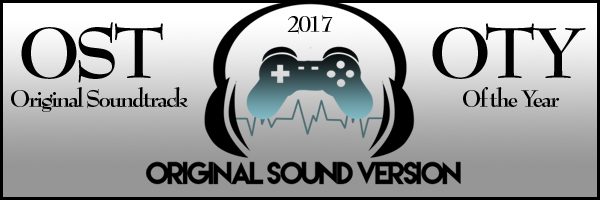
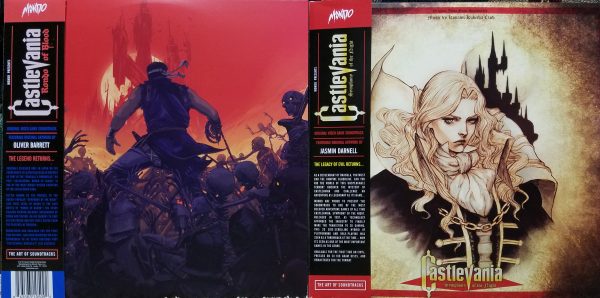
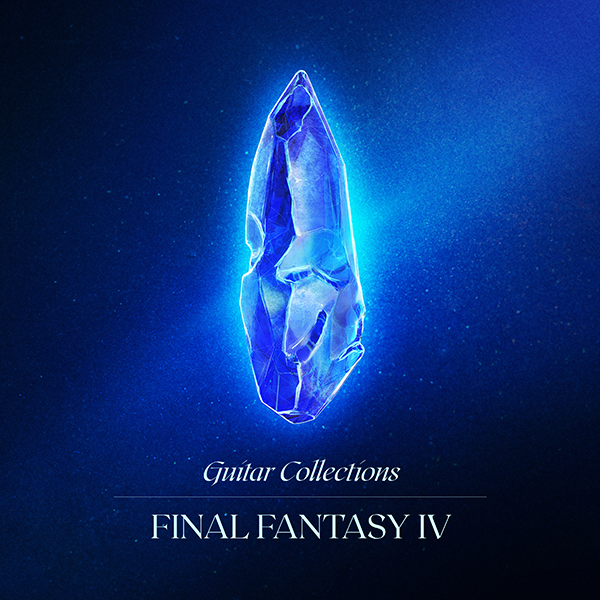
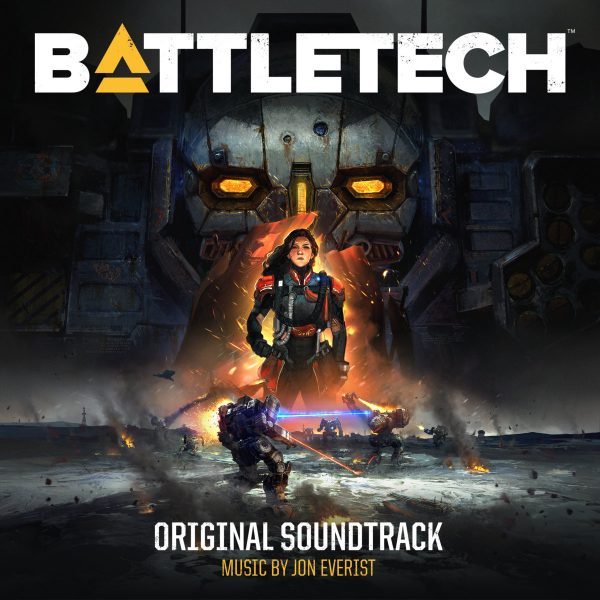
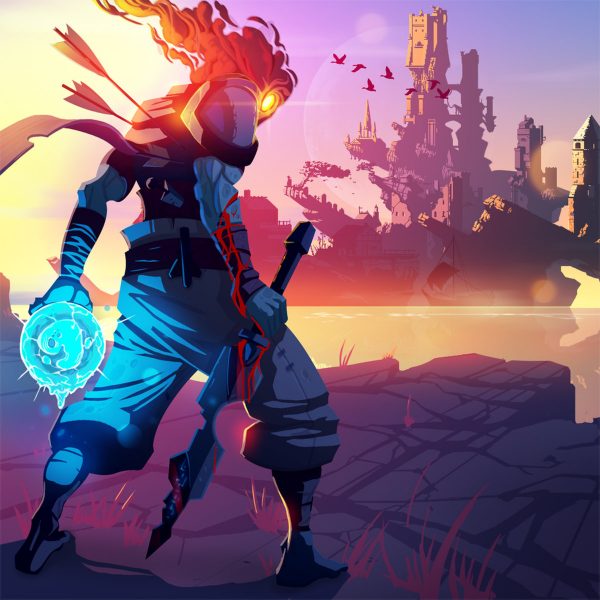
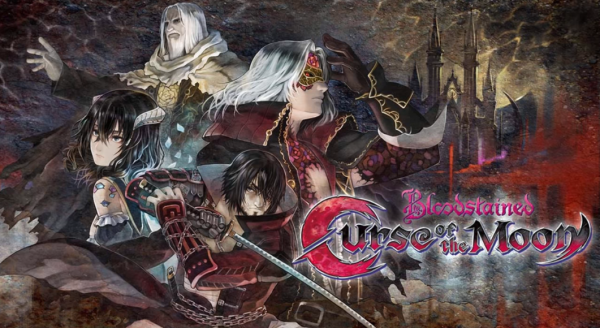
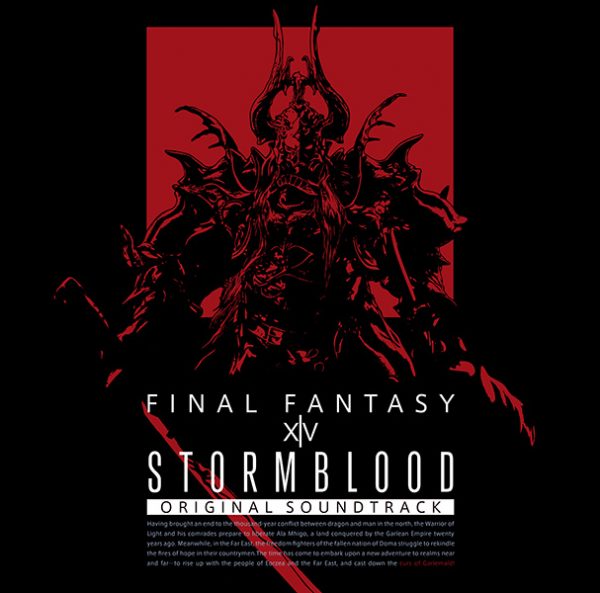
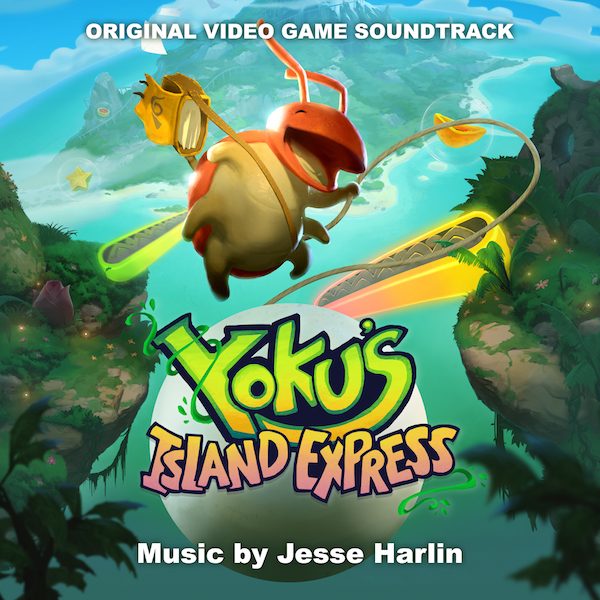
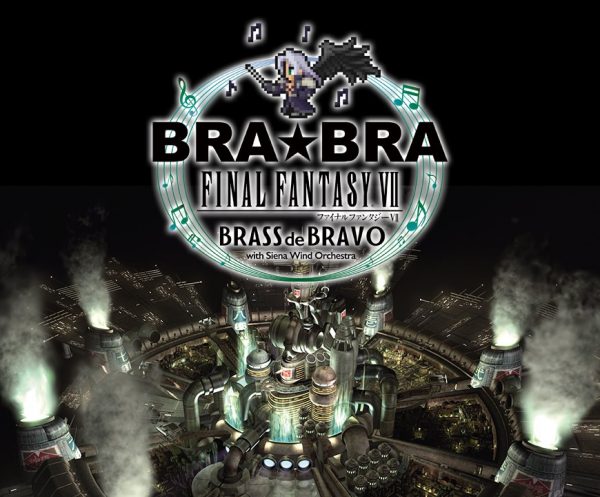
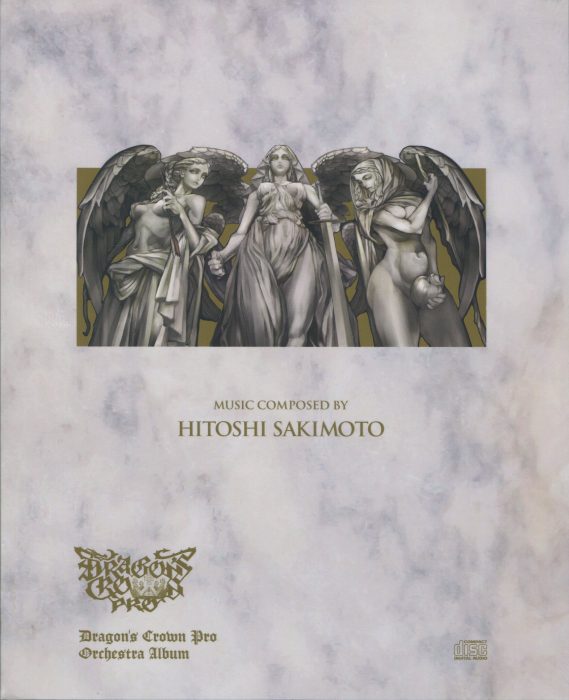
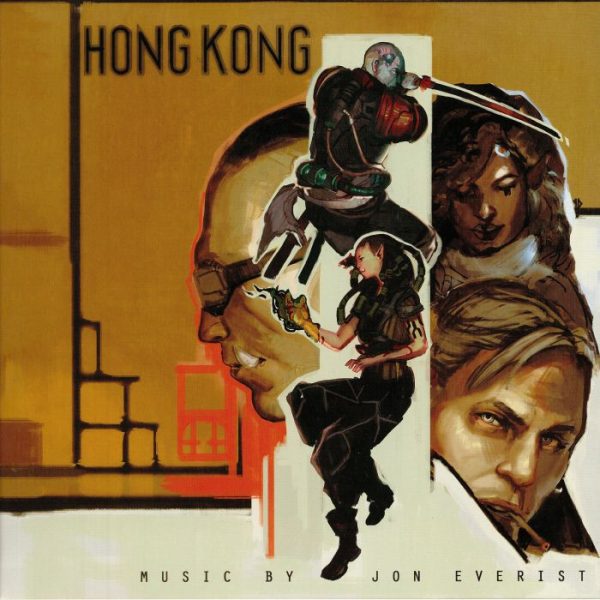
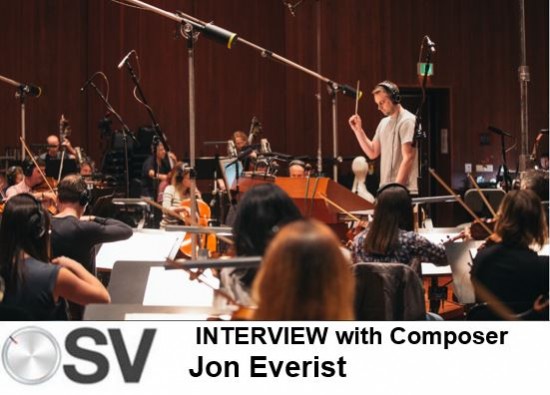
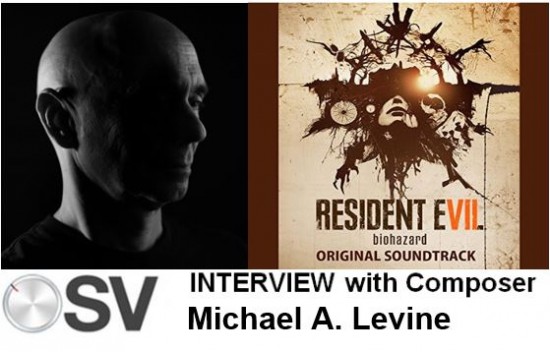
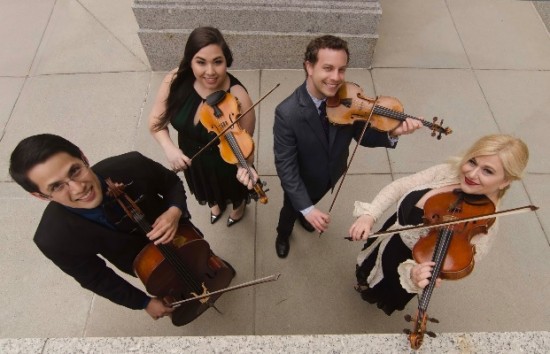
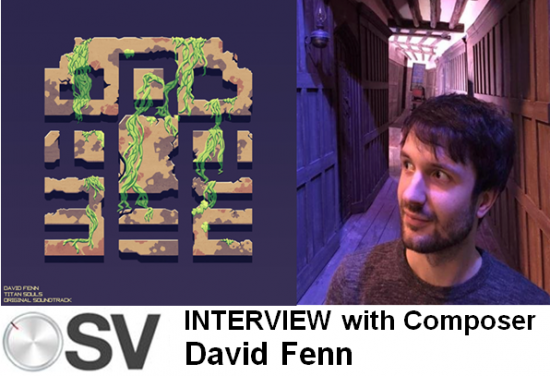
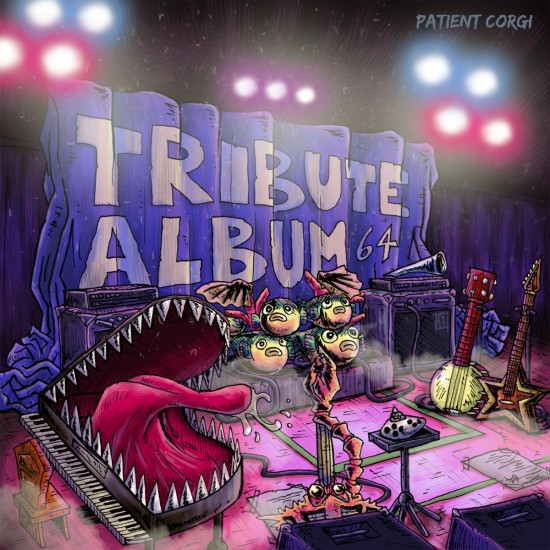
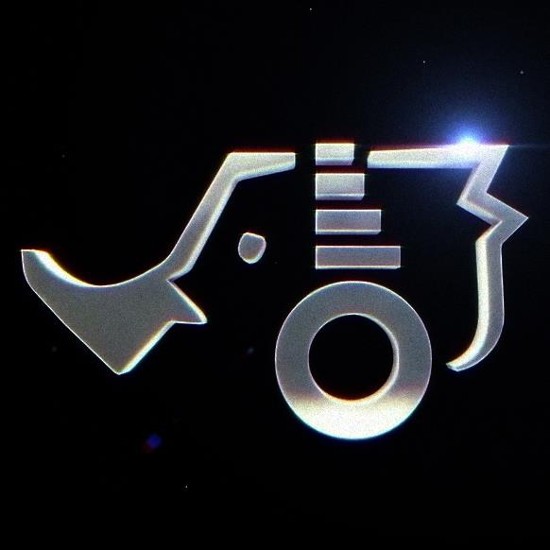
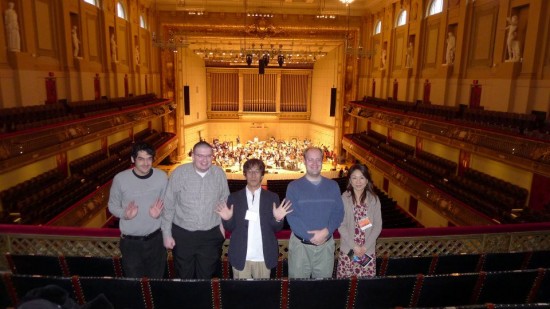
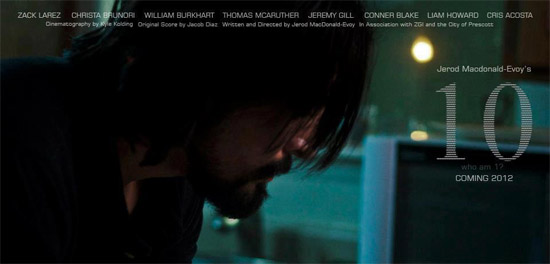
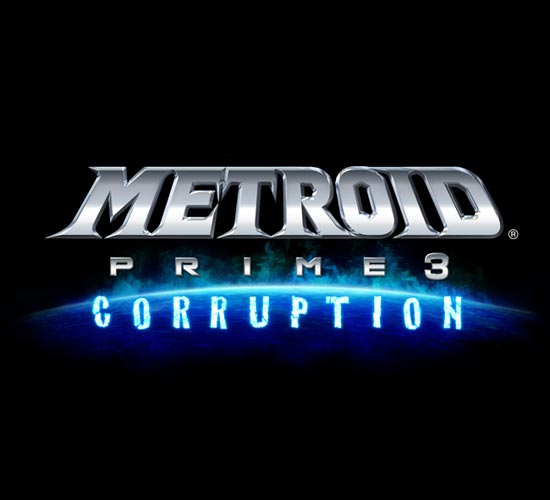


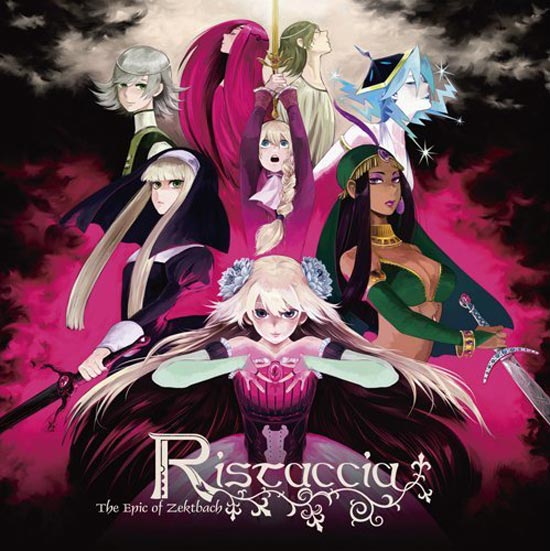







I would argue that all composers are artists, but especially those who have found their own style that goes beyond simply accompanying something and includes their own voice. I’ve seen people use the word ‘craftsmen’ for people who make music as a job for a function, but any creation that has something personal to it I would call art, and its creator an artist. Plus, if it sounds like art and feels like art, it probably is.